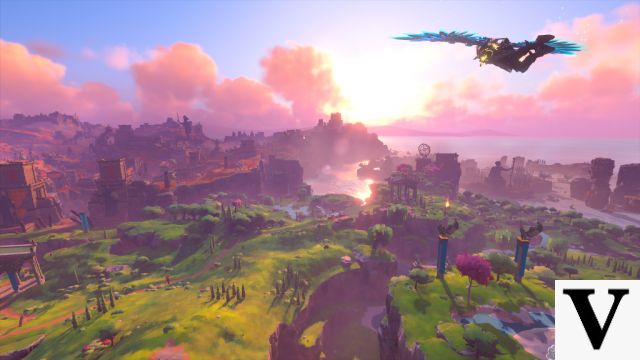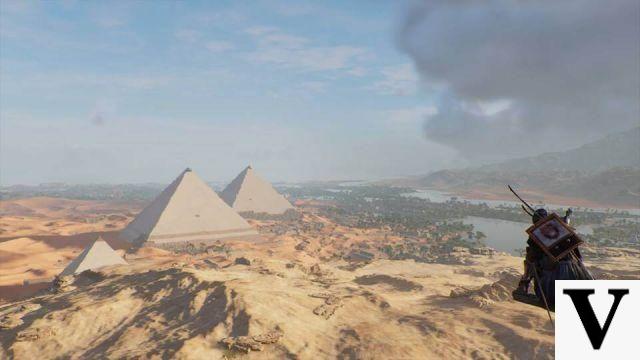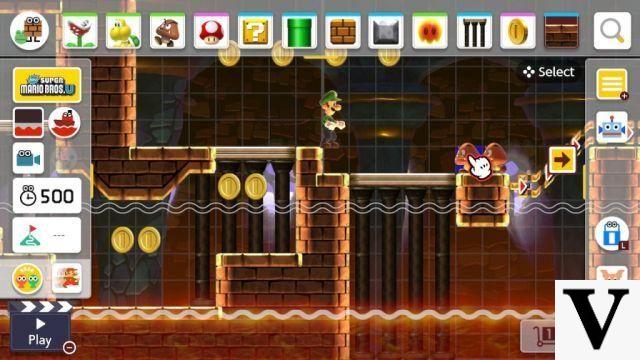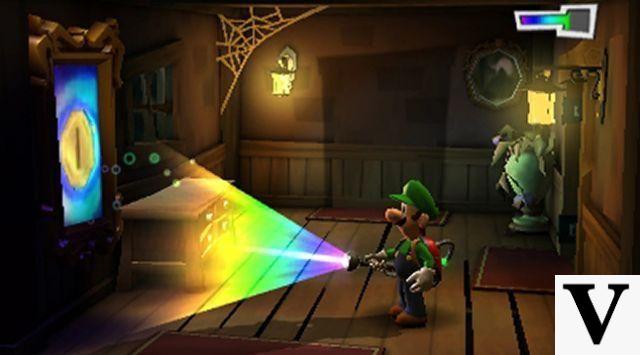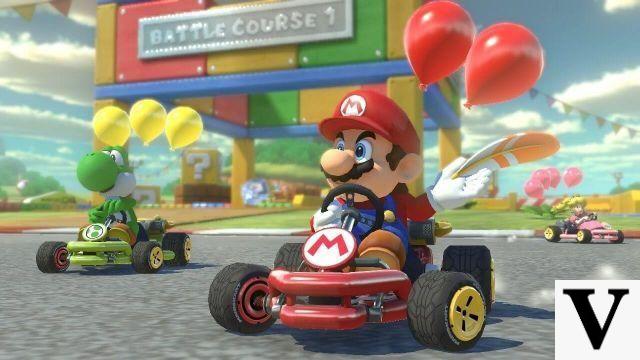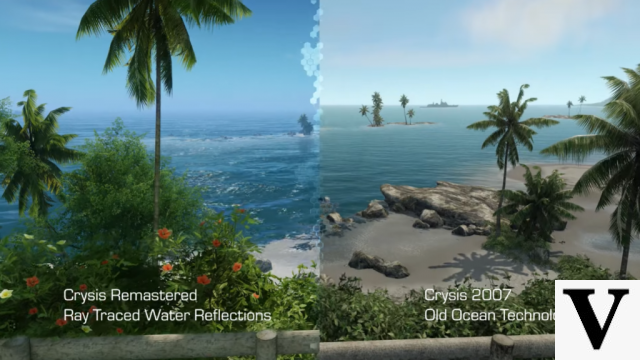Table of Contents
In space, no one can hear you scream. And that saying becomes even more real when your only companion is a computer that isn't working properly. Subverting the cliché of sci-fi-themed space games, Observation is a brilliant cosmic thriller that puts the player in control of SAM, an Artificial Intelligence who needs to help scientist Emma Fischer unravel the mystery surrounding the Observation space station, adrift in space.
Devolver Digital has provided Techlifers with a digital copy of Observation protocols for PS4 and, after an intense week of gaming (and some bouts of nausea due to dizziness), we bring you a complete analysis of the game covering all its details, strengths and disadvantages.
SAM, are you there?
Entering the plot of this science-fiction game in space is very simple. The Observation space station has moved away from its Earth orbit and is drifting. Your systems are malfunctioning, a fire has broken out, and the onboard artificial intelligence, SAM, is acting very strangely. In the midst of this chaos in space, the only conscious crew member on the edge of the station is the Dra. Emma Fisher, a reluctant but resourceful heroine of this fantastical thriller.
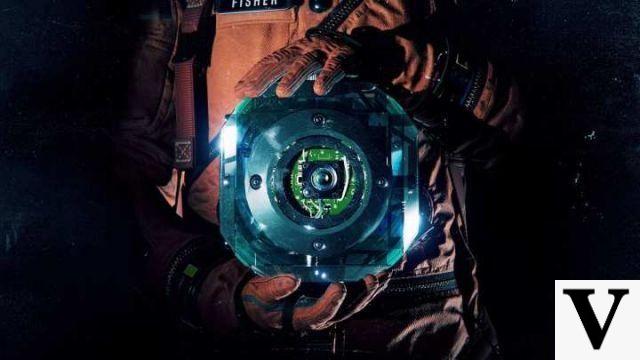
At first it is possible to imagine that the only thing Dr. Fisher needs to do is re-establish communication with the base and return to Earth, right? I wish. To the scientist's (and the player's) surprise, the Observation has veered off course and is now orbiting the planet Saturn. And to make matters worse, a sinister command of unknown origin in SAM is the only log recording this bizarre incident: BRING IT.
However, the most interesting thing about Observation it's not that your space theme is so well approached, but that you don't play as Fisher. Instead, you play as SAM, your AI helper. The station is an extension of you and your cameras are your eyes and ears. You can, upon request, open doors, air chambers, assess damage and all sorts of functional functions. But something seems to have awakened in you. A flicker of self-awareness, perhaps. And now it's up to the player to deal with SAM's unforeseen errors and glitches while trying to put some order into the station.
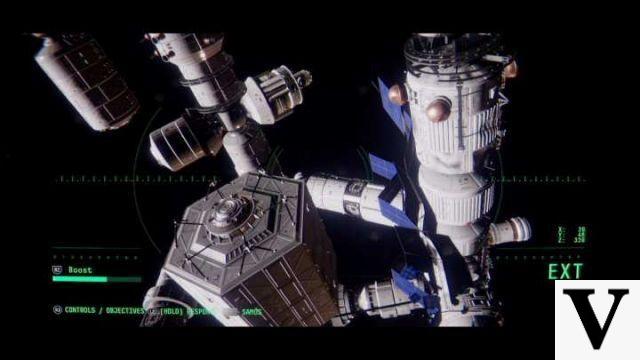
The Observation's design is very similar to that of the real-world International Space Station: a technological maze of claustrophobic corridors filled with laptops, scientific equipment and crew belongings, which, by the way, are missing. The feeling that everyone was carrying out their daily tasks at the station and simply disappeared into the vacuum of space is great. Fisher may be alone, but when she floats through the station in zero gravity, there are echoes of the missing crew all around her.
The performance of our heroine is fantastic! Her anguish at discovering that she is somehow, inexplicably, nearly 900 million miles from where she should be is very palpable. But, as a trained astronaut, she tries to calm down and stay focused, quickly starting work to repair the broken station – with her help within the SAM circuits.
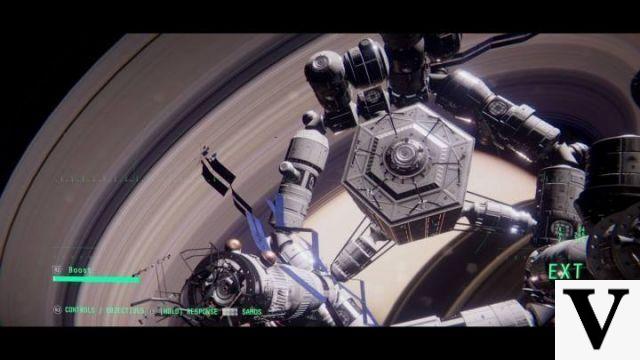
In the AI control you can at any time pull a schematic from Observation and jump between stationary cameras, zoom in and zoom out and search for objects of interest. The game's immersive atmosphere is heightened by the fact that it's largely a silent adventure, save for the ambient noise of the station and the hum and click of those cameras, which is both mechanical and unnerving.
The “world” of Observation
One detail that may go unnoticed by some gamers but helps create the perfect atmosphere to reinforce the idea that you're playing like a machine is the subtle use of video effects, with simulated interference, grain and distortion. All these visual aspects give the image an old-fashioned, analogue quality. This, along with the realism of the space station, as well as natural lighting, makes the experience as a whole realistically impressive.
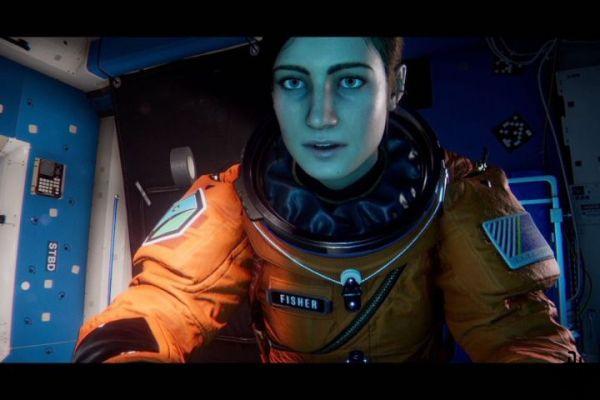
Em Observation there is a very ironic contrast, since despite being in the vastness of space, his “world” is viewed through the curve of a lens with limited vision, and that the technology connected through the wounded station is as fallible as anything else. This feeling of being at the mercy of technology, with only a thin layer of aluminum between you and an infinite cosmic void, adds an undercurrent of tension.
When you find something that Dr. Fisher is looking with one of her cameras—a damaged module or the source of a fire, for example—you can respond to her request. SAM will respond in a calm, reassuring, but also slightly unsettling voice (very characteristic of sci-fi AIs).
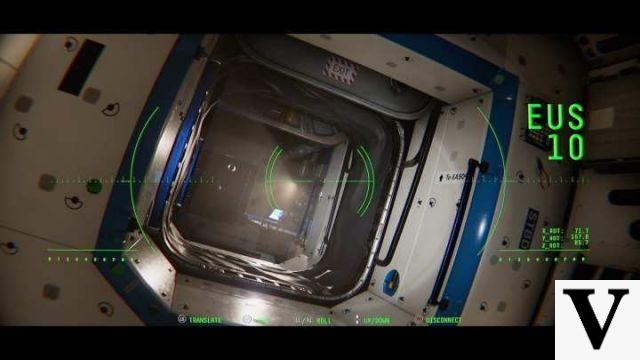
She'll also ask you to unlock stuck doors, retrieve data from laptops, and reset systems, including re-establishing communications with Earth and activating a tracker to find the lost team.
Despite all this, SAM is not always confined to Observation's network of cameras. In some parts of the game you can control orbs: small orb-shaped drones that let you fly freely around the station, interacting with things the same way you can with cameras.
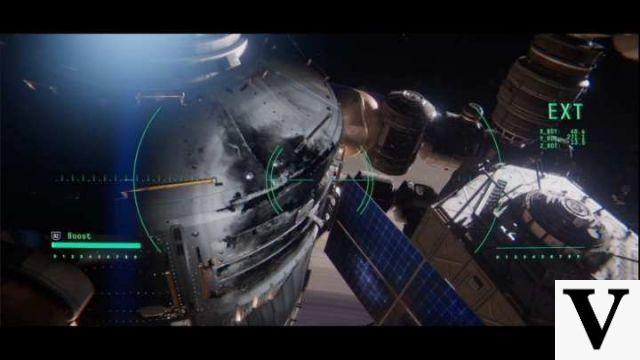
Flying takes a little getting used to, particularly when it comes to getting your bearings in a place where getting up and down is an outdated concept. Also, don't be surprised if you feel slightly sick after flying around the station for a few minutes. Even so, the spheres are the best way to explore the station, looking for hidden documents and audio logs that will help fill in some of the blanks in the game's enigmatic story.
Mystery in the Stars
The Observation is a place worth exploring, being made up of four sections: Salyut 10, the Russian arm; Horizonte, the European and American arm; Shenzhou XII, the Chinese arm; and Universal, a central hub shared by the entire team. Each section of the station has its distinct aesthetic, atmosphere and personality, reflecting both the nations that built it and the people who live and work there.
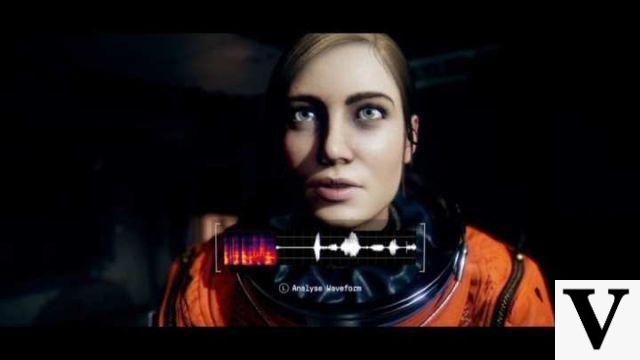
The station is extremely detailed, from the intricately designed computers and machines that keep it running, to pens and rolls of tape strapped into people's workspaces.
Finding a problem is one thing, but to fix something that's broken — like the experimental fusion reactor that powers the station — you often have to dive into its circuitry. The station is governed by a series of complex and arcane computer systems that are beyond Fisher's considerable talents, leaving SAM to figure them out.
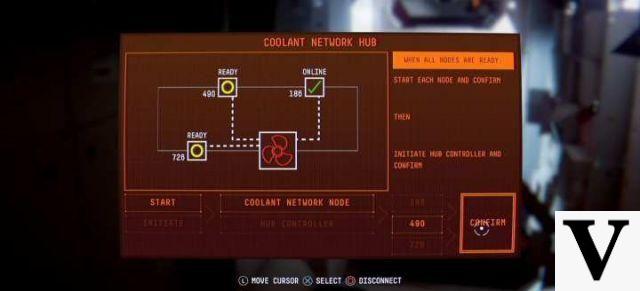
In this part, the puzzle-solving aspect takes over the game when you try to unravel these systems, and more than once you'll need a pen and paper to write down a pattern of commands or sequence of actions. It's a little bizarre to imagine yourself playing as a super-intelligent, self-aware computer, but still having to use a notebook to compensate for the limitations of the player's organic brain.
Each puzzle is represented by a stylized interface, with the kind of functional design you'd expect from something that should only be accessed by a machine. It's no coincidence that the game was directed by the person responsible for the success's AI Alien: isolation.
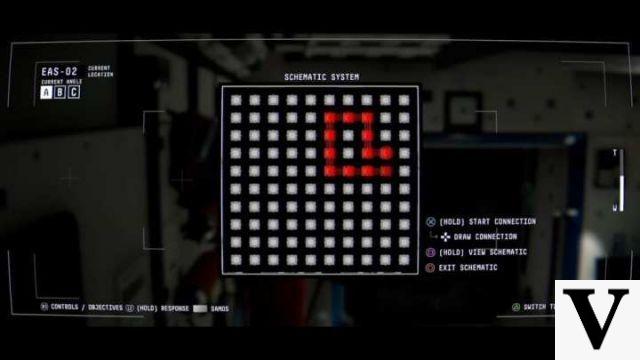
Tasks include adjusting a magnetic field in the aforementioned fusion reactor, running diagnostics on its own damaged memory core, securing the clamps that hold the station together, and resetting a faulty cooling system. And all of these works have their own unique interface and means of interaction, rooted in clever, well-designed puzzles that are immensely satisfying to solve.
Many of them involve reference schematics or diagrams that are typically found on walls or hidden in laptops. Other solutions can be discovered more instinctively, poking around at the sliders, buttons, and other knick-knacks of a particular system until it starts to make sense. The huge variety of puzzles in Observation is impressive – both in terms of how you interact with them and in their visual design. As a puzzle game, it offers a pretty stiff challenge, but nothing that really stops you from progressing.
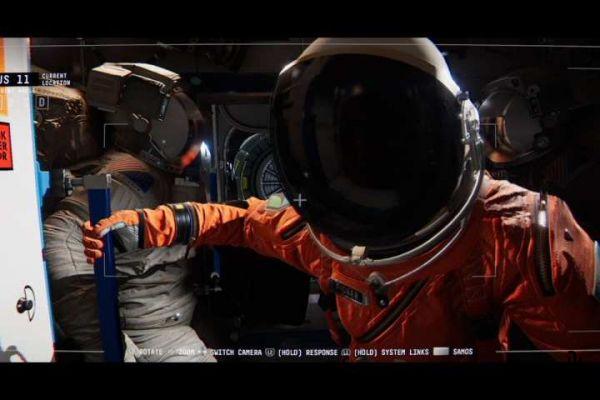
The only real struggle many players are likely to have will be getting lost in the station's labyrinthine tunnels while controlling the spheres - at least until you realize the "fast travel" system where when you pick a module on the map, it takes you there. .
Much more than just bits
In general, however, Observation is a game that almost never holds your hand to guide you to your goals, offering a certain freedom to the player, rarely revealing much about where to go next or how to solve a specific problem. You can ask Fisher to repeat your last command, but most of the time this works more like a cryptic clue or subtle hint than an explicit instruction.
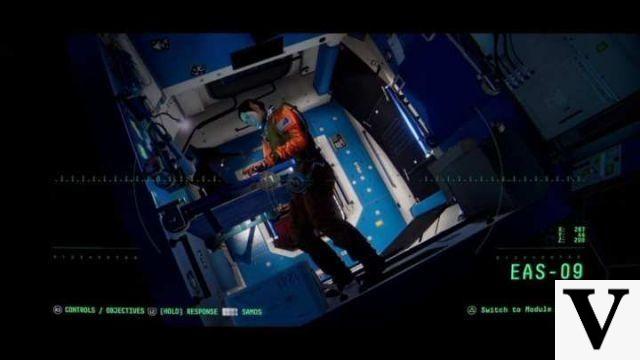
The other great strength of Observation it's your story and how it's told. The influence of 2001: A Space Odyssey it's obvious, but not in the way many might expect. The rebellion and agitation of SAM's self-consciousness are not as sinister or immediately obvious as those of HAL in the movie classic.
Instead, it is in the restrained, almost claustrophobic way the narrative is conducted that the strongest echoes of Kubrick's austere sci-fi epic can be felt. the plot of Observation is incredibly compelling, with a fascinating sense of mystery that is sure to keep any fan of a good story gamer hooked from start to finish.
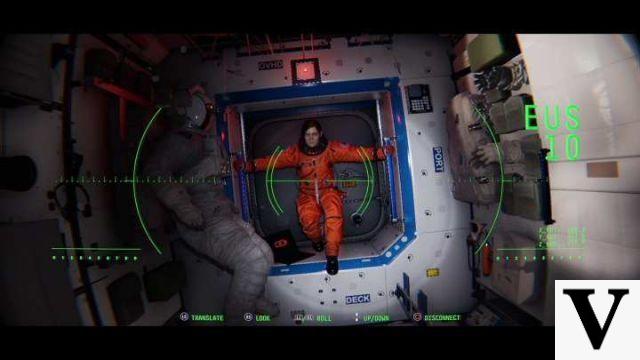
You can increase your understanding of the plot by referring to optional audio records and documents, but even then much is left to your imagination. One of the game's disappointments is that it never feels like SAM was experiencing some sort of moral conflict, or that he was fighting the mysterious forces that invaded his programming.
In fact, he's not much of a "character" in the classic form of a plot, which many players might find frustrating if they expect anything on the level of the great antagonists and villains of science fiction. Fisher is the heart and soul of the game, and the character the player will feel most connected to. The important thing is that, long after you have finished Observation, the player will miss their interactions with Fisher. Taking on the role of SAM is as if you've become the scientist's best friend and confidant, and now the two are separated forever.
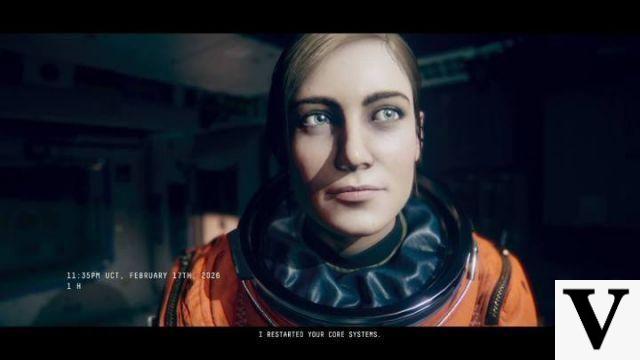
It's a great relief to discover that Observation it wasn't just another horror game set in space. The game has the precise pacing, beautifully drawn tension and winding narrative of a great thriller. It's scary, but just under the surface, silently eating your nerves instead of shocking them. And it's the best kind of sci-fi: exciting and fun, but also making you think about humanity's place in the cosmos and, perhaps, the deepest mysteries of the universe.
In addition to the version of PlayStation 4, Observation also recently arrived at Steam, and is available from R$ 103,90 at PlayStation Store (PS4 version) and from R$ 47,49 on Steam (PC version).
PC specs
Minimum:
- Operational system: Windows 7, 8, 8.1, 10 x64
- Processor: Windows 7, 8, 8.1, 10 x64 OS Windows 7, 8, 8.1, 10 x64 CPU Intel Core i3-3240 (2x 3400) or equivalent | AMD FX-4300 (4x 3800) or equivalent
- Memory: 4 GB of RAM
- Video card: GeForce GT 640 (2048 MB) | Radeon HD 7750 (2048 MB)
- Storage: 12 GB of available disk space
If you don't want to play at maximum graphics, Observation runs very well on some more basic video cards. If you're just looking for price, the Radeon HD 7750 can be hard to find because it's out of stock, but a good replacement for it is the Radeon HD 6570, which offers 2 GB of memory for video processing and can be found at Amazon from R $ 463,77.
Now, if you want a little better processing, you can opt for the GeForce GT 640, which offers the same 2GB of video memory but using DDR5 sticks, which are much faster than Radeon's DDR3 sticks. This card can be found from R$ 849,90 at Magazine Techlifers.
Recommended
- SW: Windows 7, 8, 8.1, 10 x64
- Processor: Intel Core i5-6600K (4x 3500) or equivalent | AMD Ryzen 3 2200G (4x 3500) or equivalent
- Memory: 4 GB of RAM
- Video card: GeForce GTX 960 (4096 MB) | Radeon RX 570 (8192 MB)
- Storage: 12 GB of available disk space
Now, if you want to take advantage of the cutting-edge graphics that Observation offers, it will be necessary to have a more powerful equipment. A good option in this scheme is the Radeon RX 570, which offers 8GB of memory for video processing, and can be found from R$1826,05 at Amazon.
But, if you prefer an NVIDIA card, it can be difficult to find the GeForce GTX 960 because it is currently in short supply on the market, but a good alternative is the GeForce GTX 1060, which offers 6GB of video memory – slightly more than the 4GB recommended for GeForce cards. This plate can be found from R$ 2470,16 at Amazon, but she always enters into promotions that offer about R$ 600 off the final price of the product, so it's worth keeping an eye out.








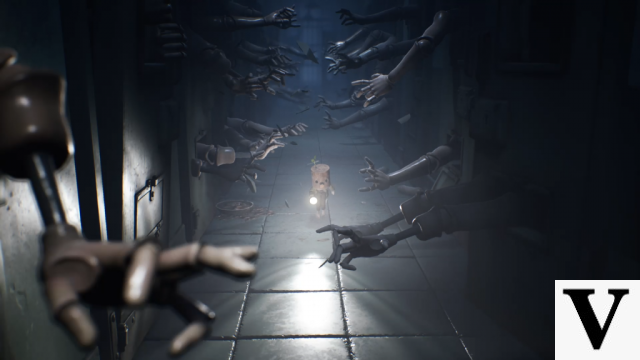

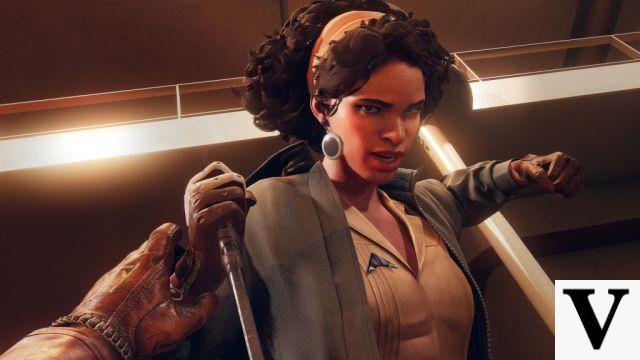
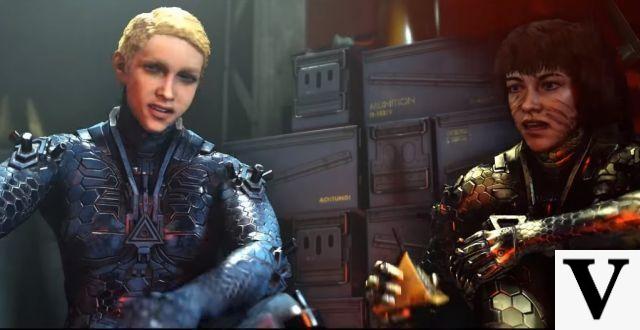


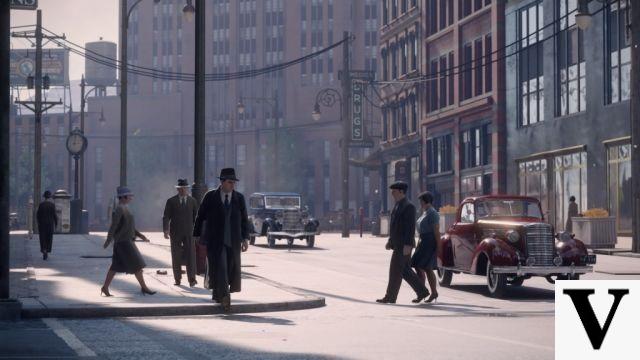
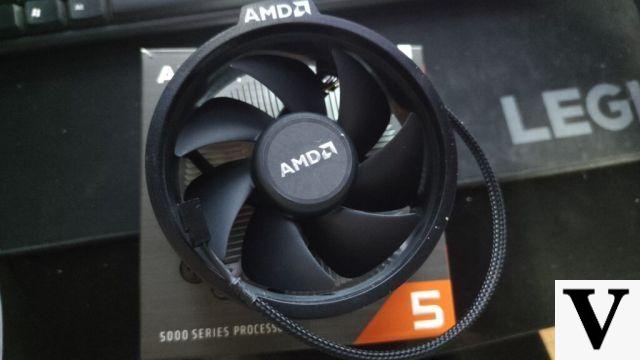
![Game Review: Homefront, a game that's still worthwhile [18+]](/images/posts/ed81cafa79e54b813d7a324a7ae4af6b-0.jpg)
